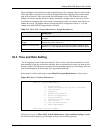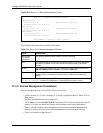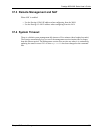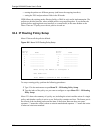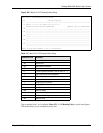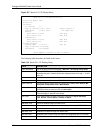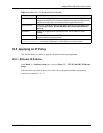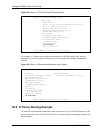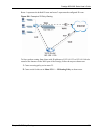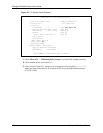
Prestige 660H/HW Series User’s Guide
Chapter 38 IP Policy Routing 342
CHAPTER 38
IP Policy Routing
This chapter covers setting and applying policies used for IP routing.
38.1 IP Policy Routing Overview
Traditionally, routing is based on the destination address only and the IAD takes the shortest
path to forward a packet. IP Routing Policy (IPPR) provides a mechanism to override the
default routing behavior and alter the packet forwarding based on the policy defined by the
network administrator. Policy-based routing is applied to incoming packets on a per interface
basis, prior to the normal routing.
38.2 Benefits of IP Policy Routing
Source-Based Routing – Network administrators can use policy-based routing to direct traffic
from different users through different connections.
Quality of Service (QoS) – Organizations can differentiate traffic by setting the precedence or
TOS (Type of Service) values in the IP header at the periphery of the network to enable the
backbone to prioritize traffic.
Cost Savings – IPPR allows organizations to distribute interactive traffic on high-bandwidth,
high-cost paths while using low-cost paths for batch traffic.
Load Sharing – Network administrators can use IPPR to distribute traffic among multiple
paths.
38.3 Routing Policy
Individual routing policies are used as part of the overall IPPR process. A policy defines the
matching criteria and the action to take when a packet meets the criteria. The action is taken
only when all the criteria are met. The criteria includes the source address and port, IP protocol
(ICMP, UDP, TCP, etc.), destination address and port, TOS and precedence (fields in the IP
header) and length. The inclusion of length criterion is to differentiate between interactive and
bulk traffic. Interactive applications, for example, telnet, tend to have short packets, while bulk
traffic, for example, file transfer, tends to have large packets.
The actions that can be taken include:



